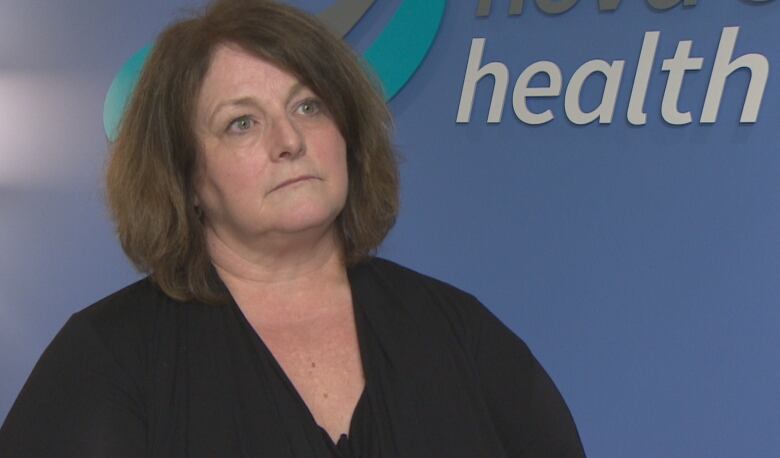Health authority moves to speed up ambulance offloads at ERs
New policies also call for more timely patient discharges from acute care beds to other sites

Nova Scotia Health Authority officials are hoping two new policies announced Mondaywill see the end ofambulances lined up at emergency departments waiting to offload patients.
The first policy relatesto the time it takes ambulances to transfer patients to the care of emergency department staff. Theother makes it faster for people to be discharged from inpatient bedswhen they are medically ready.
The steps follow a directive from Health Minister Randy Delorey in the face of mounting service pressure and delays at the province's five busiest hospitals.
Staff are now expected to offload patients within 30 minutes of the arrival of an ambulance. Patients aren't to be kept in the emergency department longer than 12hours, and discharge plans for patients are to start being developed at the time of admission.
5 busiest hospitals targeted first
The goal is to have people moved out of inpatientbeds within 48 hours of when they are deemedmedically suitable for release.
Given that between 20 and 30 per cent of inpatient beds are occupied by people waiting to go somewhere else, it's hoped the changes will drastically improve patient flow.
Part of that effort will require better communication between hospital staff and other facilities such aslong-term care and residential care sites. Daily occupancy monitoring and predictive discharge work updated each day is also required.
Madonna MacDonald, a vice-president with the health authority, said one of the key goals of the policies is to standardize expectations across the system.
"So we're talking the same language [and] we know what the expected targets are, to create consistency across the organization."

MacDonald said the focus right now is on the province's five busiest hospitals in Halifax, Dartmouth, Kentville, TruroandSydney but the plan is for the policies to be applied across Nova Scotia.
The leaders of Nova Scotia unions which represent health-care workerssaythe policies could improve the system, but it won't happen without a boost in resources.
"Now it's a policy that they have to do it in a certain amount of time and I'm not sure how that's going to work, because they're doing it as quickly as they can now," said Nova Scotia Nurses' Union president Janet Hazelton.
Jason MacLean, president of the Nova Scotia Government & General Employees Union, also saysthere simply aren't enough people in the system currentlyto meet the requirements of the new policies.
Union calls for more beds
MacLean said the resource shortage extends to the number of hospital and long-term care beds in Nova Scotia. He noted the concerns the policies are trying to address are things the unions have been talking about for years.
"The problem is right now they have no way to enforce it or no way to make it successful because, what we pointed out is, we have a resource issue."
MacDonald said staffing is different at each site and needs will be evaluated based on how things are working at each individual hospital. Both policies come with regular reporting requirements.
In a statement, Health Minister Randy Delorey said his department is confident the changes "will start to provide relief to the system over time.
"It is hoped patients will eventually see shorter stays in the emergency department and work with staff to return home with the supports they need as soon as they're able," he said.
MORE TOP STORIES












_(720p).jpg)


 OFFICIAL HD MUSIC VIDEO.jpg)
.jpg)



























































































